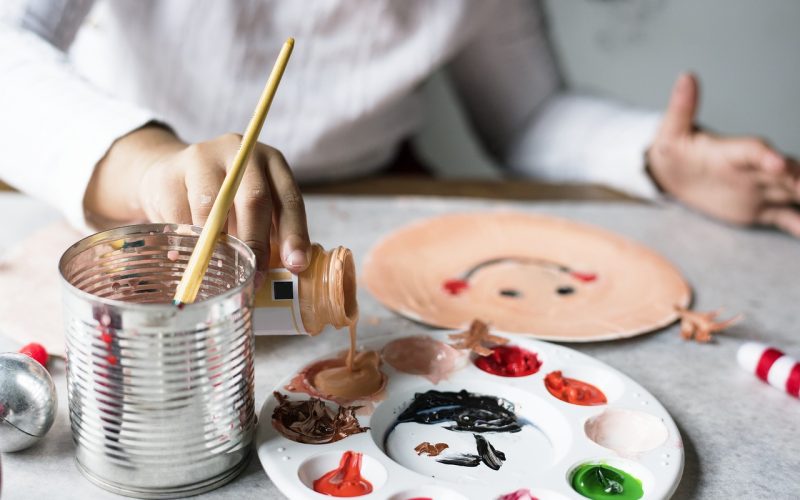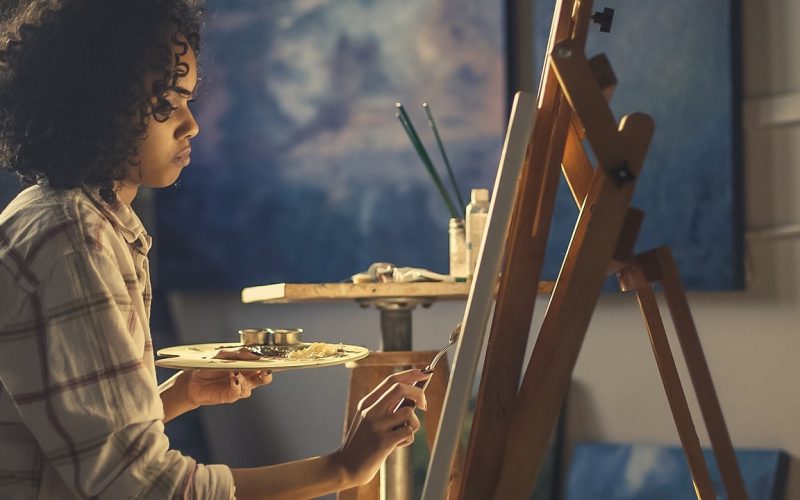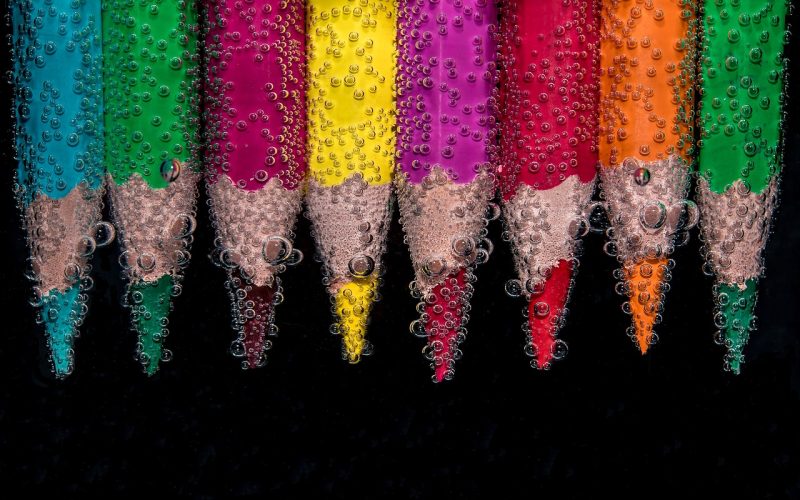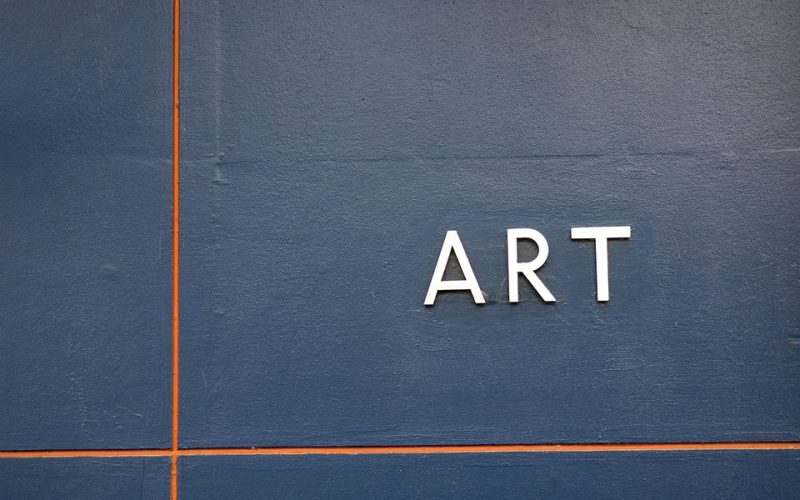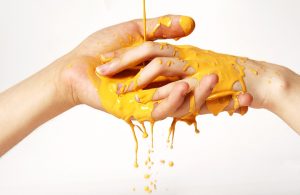In recent years, the intersection of art and mental health has garnered significant attention, with increasing recognition of art's capacity to promote emotional and psychological well-being. Artistic expression offers individuals a unique avenue for self-exploration, healing, and personal growth, proving to be a vital component in therapeutic therapies.
Art as a form of self-expression
Art provides a safe and constructive outlet for expressing emotions and experiences that may be difficult to articulate verbally. Through various mediums such as painting, drawing, sculpture, and even digital arts, individuals can channel their inner thoughts and feelings into tangible forms. This process not only facilitates self-awareness but also serves as a cathartic release, reducing stress and anxiety levels. For many, engaging in art fosters a sense of accomplishment and empowerment, reinforcing positive self-esteem and identity.
The role of art in therapy
Art therapy is a therapeutic technique rooted in the idea that creative expression can foster healing and mental well-being. It is utilized by therapists to help clients process emotions, develop coping skills, and improve social skills. The non-verbal nature of art therapy makes it particularly effective for those who find traditional talk therapies challenging. Art therapists guide individuals in exploring their artwork to gain insights into their emotional states and life experiences, facilitating communication that transcends language barriers.
Reducing anxiety and depression through creativity
Engaging in creative activities has been shown to lower levels of cortisol, the stress hormone, thereby reducing feelings of anxiety and depression. When individuals immerse themselves in creating art, they enter a state of flow— a mental state where they are fully absorbed and lose track of time. This flow state is associated with increased happiness and well-being. Art allows people to focus on the present moment, diverting attention away from worries and negative thoughts, and promoting relaxation and mindfulness.
Art as a tool for trauma recovery
For individuals who have experienced trauma, art can serve as a powerful tool for recovery. Artistic expression enables survivors to process traumatic memories in a safe and controlled manner. It provides an opportunity to reconstruct narratives around their experiences, fostering a sense of control and empowerment. Creating art can help trauma survivors externalise their pain, transforming it into something tangible, which can then be processed and reinterpreted. This transformation of trauma into artwork can be an integral part of the healing process.
Enhancing social connections through group art activities
Participating in group art activities can enhance social connections and reduce feelings of isolation. Shared creative experiences foster a sense of community and belonging, which are crucial for mental health. Art workshops, classes, and collaborative projects provide opportunities for individuals to connect, share, and support one another. These interactions can enhance communication skills, build trust, and improve relationships, contributing to a more robust support system for participants.
Incorporating art into everyday life
Incorporating art into daily routines can offer ongoing mental health benefits. Whether through structured art classes or informal personal projects, regular engagement with creative activities can promote ongoing emotional balance and resilience. For those seeking to integrate art into their lives, starting small with simple activities like doodling, journaling, or photography can be a manageable way to begin. Over time, these practices can evolve into more complex projects, providing a continuous source of joy and fulfilment.
The therapeutic potential of art in raising mental health is profound and multifaceted. By offering avenues for self-expression, emotional release, trauma recovery, and social connection, art contributes significantly to mental well-being. For those seeking to enhance their mental health, incorporating art into their lives offers diverse and meaningful opportunities for growth and healing.

